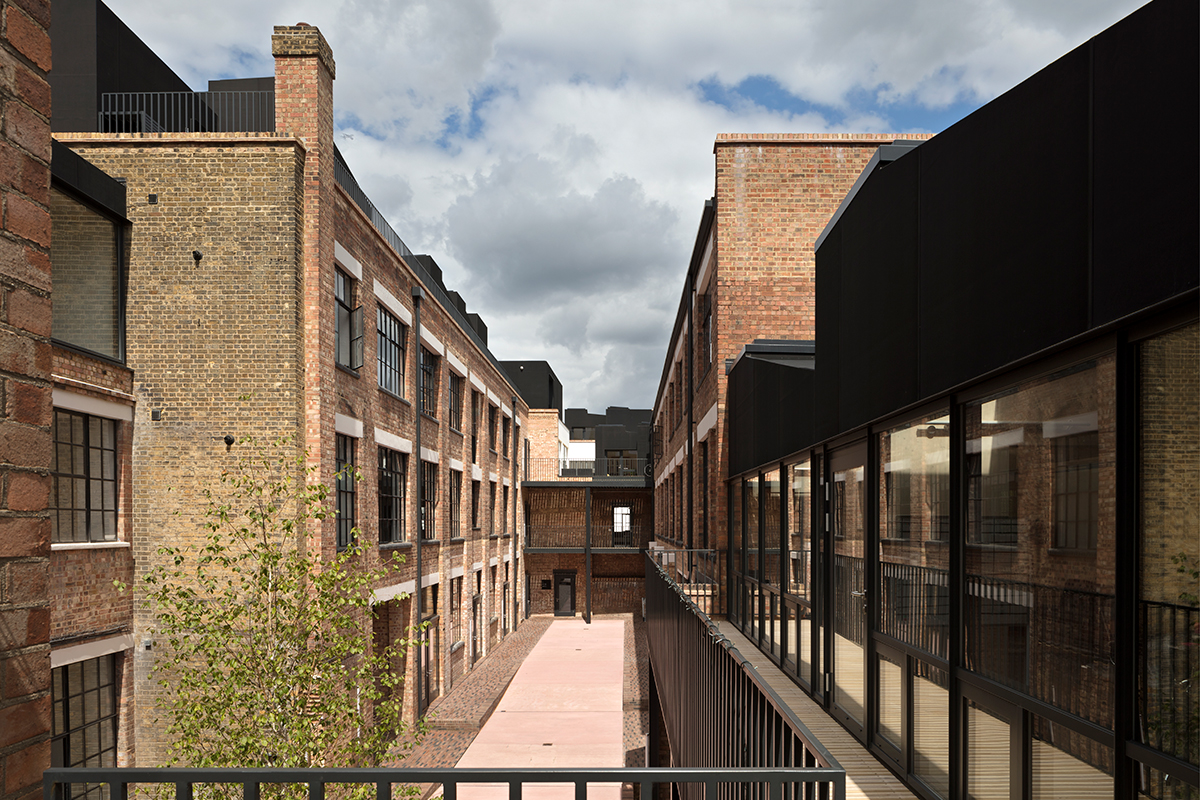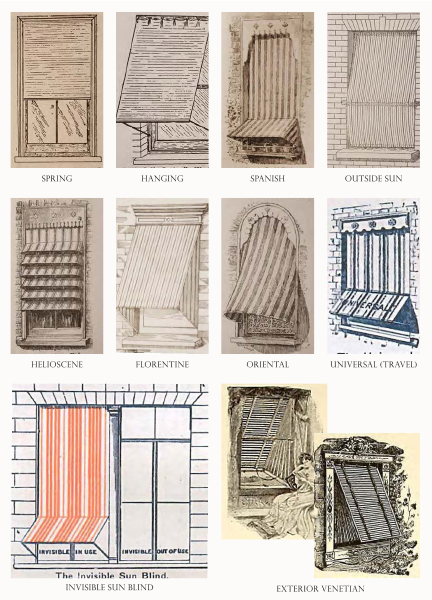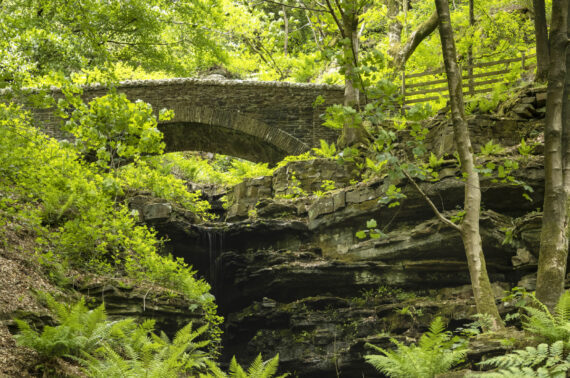Heritage & Carbon
- | Cordula Zeidler and Megan Hari

Image: © Nick Kane
In the face of climate change, historic buildings pose a conundrum. We want to protect our built heritage from harm, and we have a legal duty to do so where buildings are listed or in a conservation area. But in order to help stem the impacts of climate change, historic buildings need to be adapted to increase their energy efficiency, reduce their carbon output and be comfortable and healthy places to inhabit. But bringing these two imperative needs of heritage protection and addressing climate change together is not an easy nor a fast process. If you have ever tried to upgrade the building envelope of a listed building, or planned to add PV cells or an air source heat pump to its roof, you will probably have encountered close scrutiny if not outright rejection from the local authority. And perhaps more frustratingly, some local authorities will grant consent for such works, whilst the same proposals will be rejected in others.
There is no firm consensus on which climate change mitigation measures are appropriate within a heritage context. Each building needs to undergo an individual consent process so that its heritage significance can be assessed, and any ‘harm’ that may be caused to this significance can be measured against the ‘public benefit’ of what is proposed. As a result, determining what is right and wrong is open to interpretation. To inform the necessary decision process, good and clear guidance on what is acceptable is important. There is a large amount of very detailed and well-researched guidance available from Historic England and others. But its sheer volume is overwhelming and not easy to navigate. As a consequence, many owners of historic buildings are left discouraged. In some cases this results in a do-nothing scenario where opportunities for upgrading are missed. But in others it can have a direct impact on people’s health, particularly that of people on low incomes.

Historic awnings from The Bungalow Magazine, 1913.
Statistics show that a disproportionally large number of low-income households live in historic buildings, and the average fuel poverty gap is the largest for households in dwellings with uninsulated solid walls. When building envelope improvements are rejected or the building owner quite simply cannot face the red tape, then environmental conditions in some poorly performing buildings will not be addressed and people’s health suffers as a consequence.
Do historic buildings really matter in the context of the massive task ahead of us? Or could we just leave them as they are, avoiding all potential ‘harm’ to their heritage significance? If the UK wants to have a fighting chance at achieving its target to be carbon neutral by 2050, historic buildings need to play their part. There are nearly half a million listed buildings and nearly 10,000 conservation areas in England alone. Upgrading all listed buildings and unlisted dwellings in conservation areas in England and Wales with a light-touch approach would result in 30% of the annual reductions in UK carbon emissions required to meet the Sixth Carbon Budget, according to figures compiled in 2021 by energy consultancy Verco.
“If this confusing and often prohibitive climate does not improve, historic buildings will fast lose much of their appeal. Therefore, we think that the planning system must play its part in encouraging the right sort of impactful improvements.”
At present, there is a real impasse resulting from our costly, lengthy and ambiguous consent regime. This is compounded by staff shortages at local authorities and limited training, an unequal VAT system that favours new build, an inadequate Environmental Performance Certificate (EPC) regime, contradictions between some local plans, the National Planning Policy Framework (NPPF) and Part L (Building Regulations – Conservation of Fuel and Power) stipulations, and a lack of inspiring and instructive case studies which could show the way. This current scenario prevents us from allowing historic buildings to do what they do best: adapt to changing needs so they can remain comfortable and attractive places to live and work. We have forgotten that historically, buildings were adapted to serve their occupants. Seasonal awnings were attached to houses to prevent overheating, and hangings and panelling added to internal walls to trap warmth. Today, such interventions would often be refused Listed Building Consent.
If this confusing and often prohibitive climate does not improve, historic buildings will fast lose much of their appeal. Therefore, we think that the planning system must play its part in encouraging the right sort of impactful improvements.
In a mission to gather the facts, set out the problem and propose steps towards a solution, Grosvenor Britain and Ireland commissioned us to write a policy review for them to address the heritage and carbon conundrum. This paper was enriched and endorsed by Peabody, Southern Housing Group, The Crown Estate and the National Trust, supported by data from energy consultants Verco, and informed by Historic England’s input. The background to this was not just the climate emergency per se, but also last year’s White Paper which promised a radical overhaul of the town planning system.
So, what can be done to improve the situation?
We have communicated these suggestions with Grosvenor to the Ministry of Housing, Communities and Local Government and the heritage and architecture sector, and hope that they will be prioritised with speed and conviction. These obstacles and shortcomings need to be tackled, and only then will historic buildings be able evolve and make a contribution to the battle against climate change.
The full paper is available to read here.
